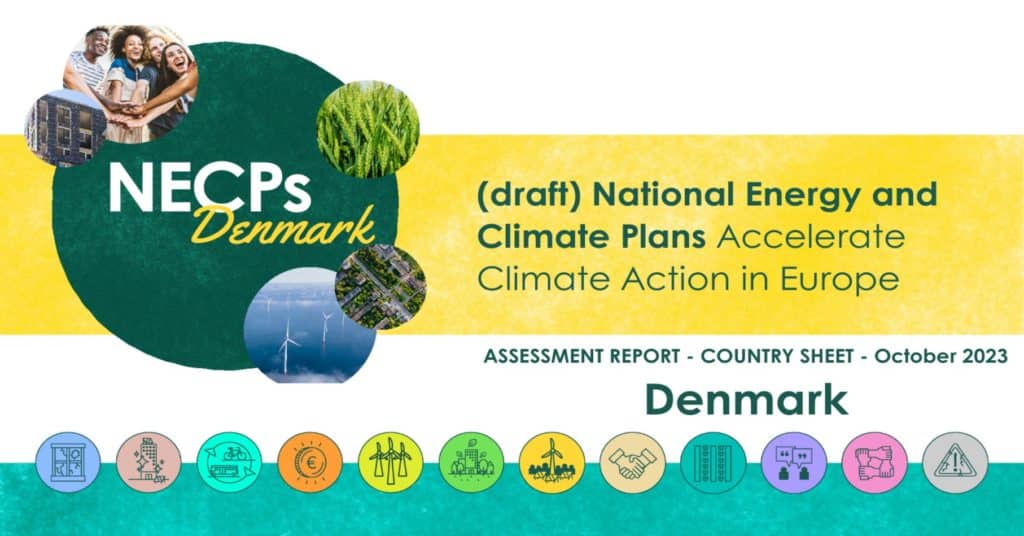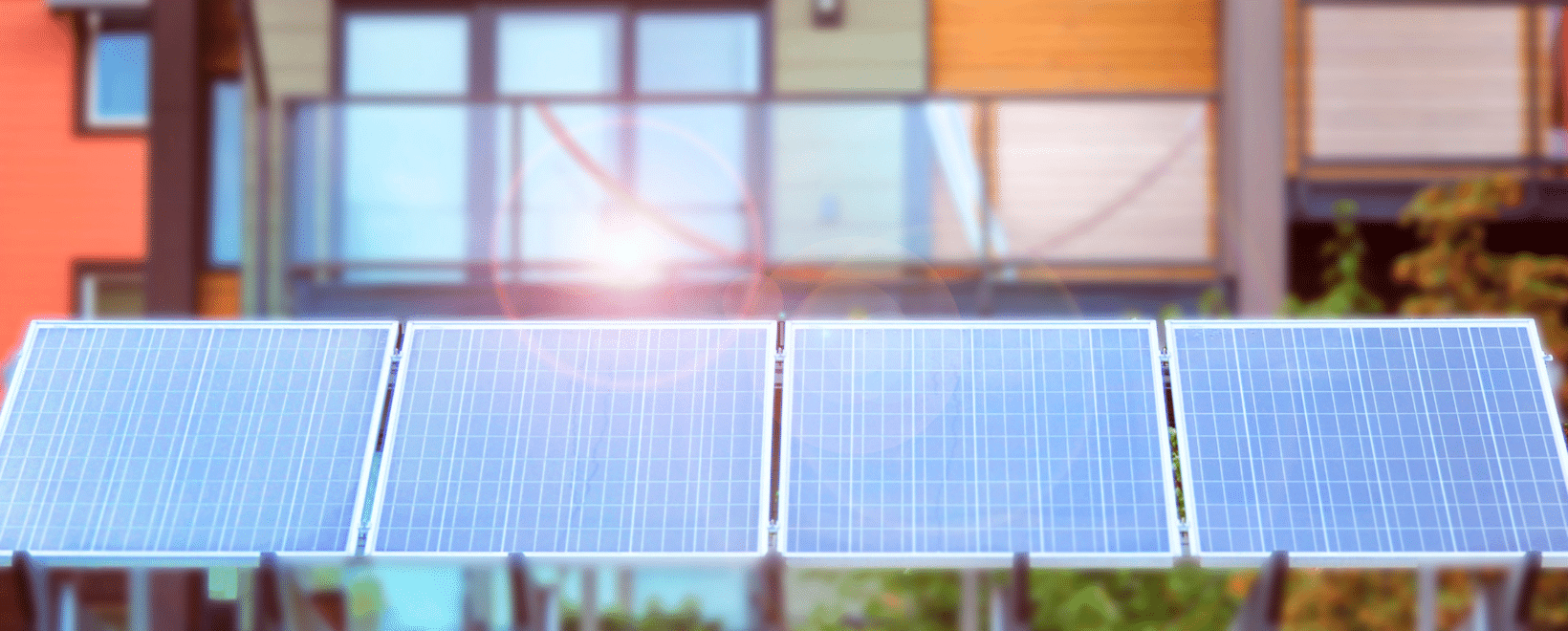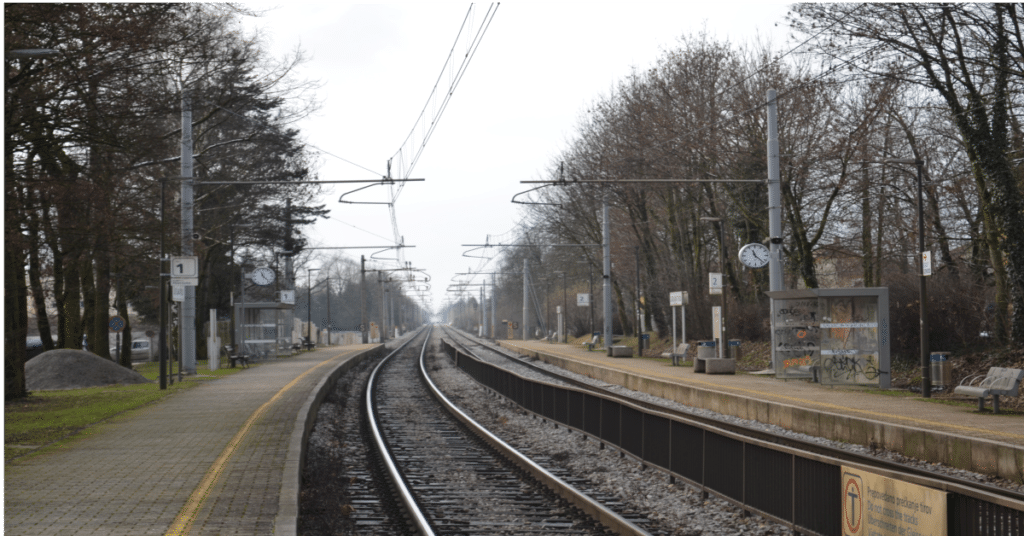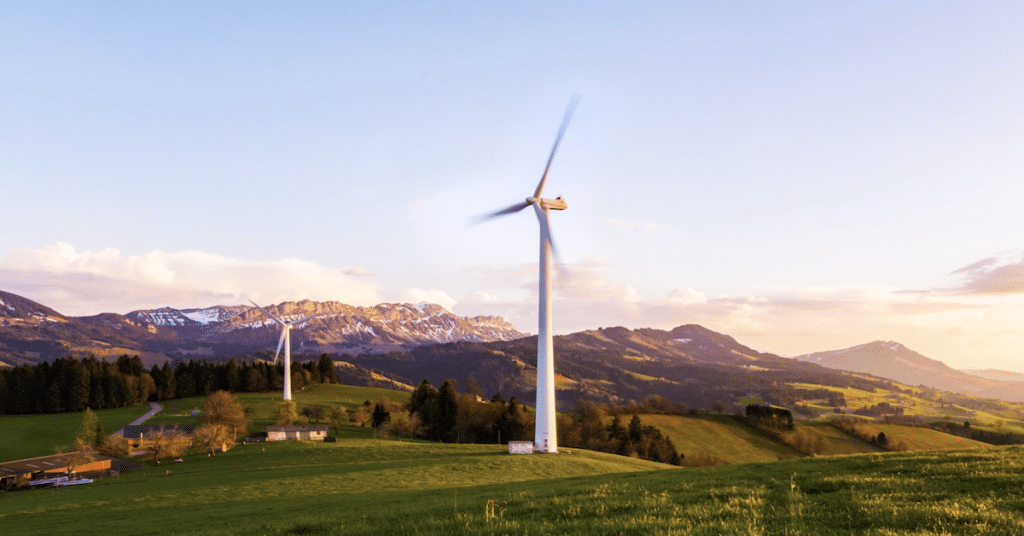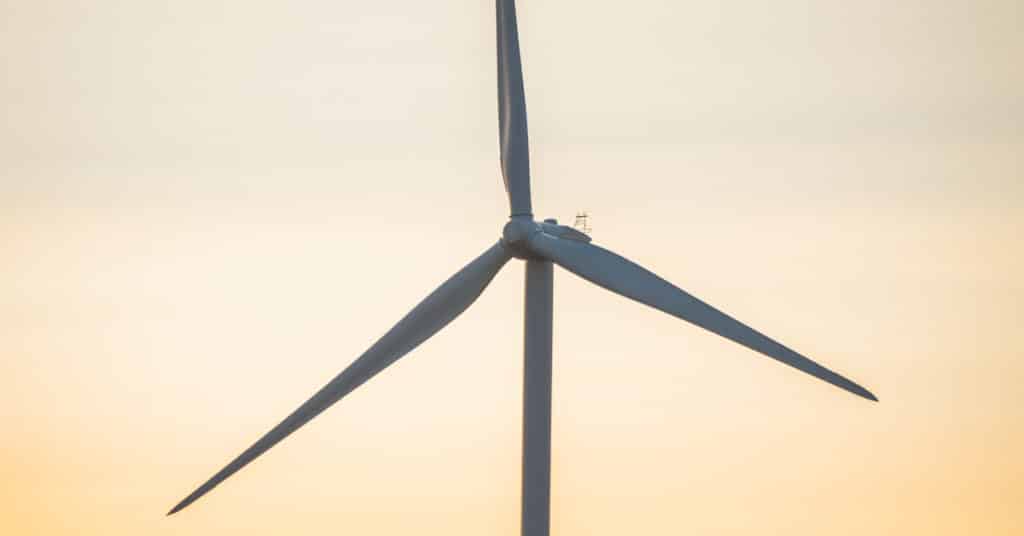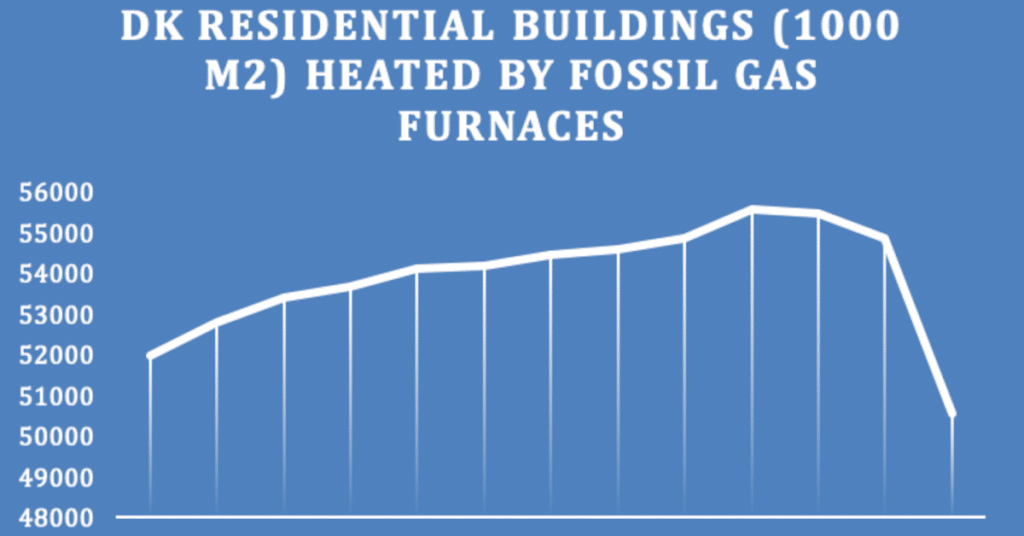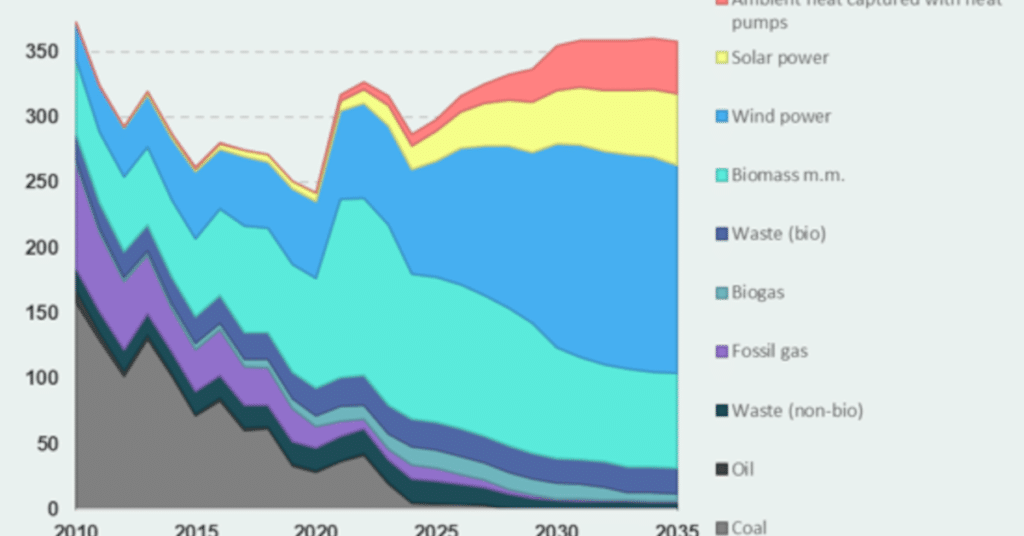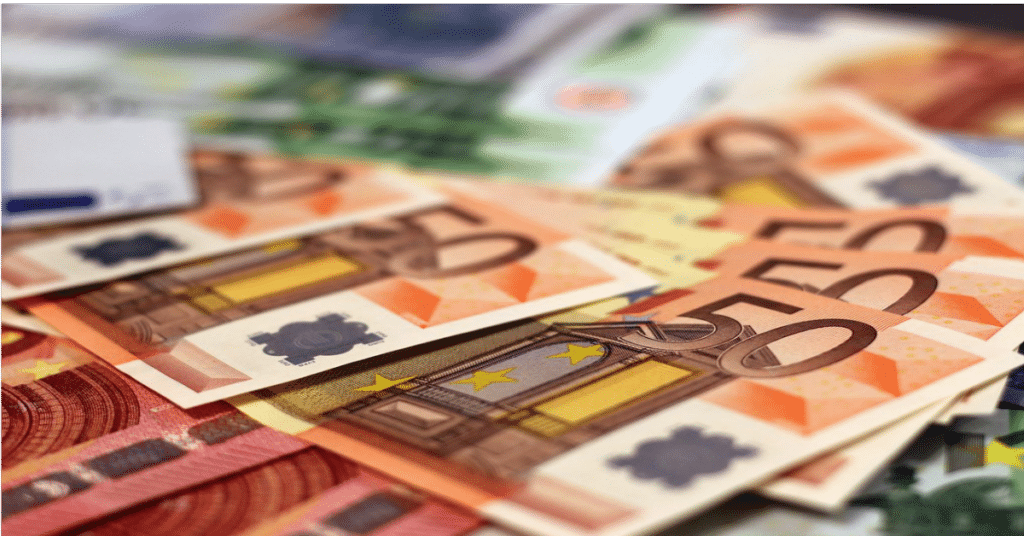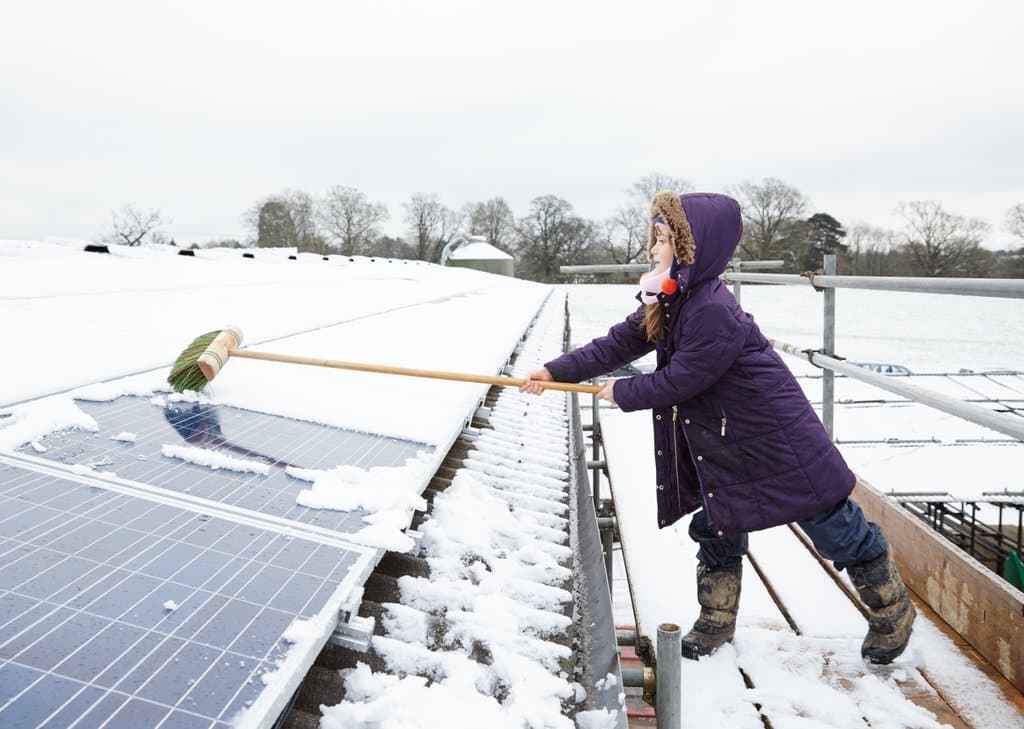
Danish NECP
The final Danish NECP2024 presents ambitious climate and renewable energy targets to 2030 with 70% emission reduction for 1990-2030, in line with the EU benchmarks, when additional measures are included. The reductions with NECP2024 are, however, not in line with all EU climate targets, including the ESR target (missing 1 MtCO2e, equal to 5%), the GEC benchmark (missing 5%) and the LULUCF 2026-2030 budget target, The FEC target is reached with a current less ambitious target, but not with the ambitious target, while the renewable energy target will be reached with a good margin in the forecast. The targets are backed by plans, but they involve new technologies that might not perform as expected, including CCS (20% future reductions) and biochar. Also RE progress is slow.
Click here to download the country page from our latest report – “Mind the NECP Gap”
Denmark – climate action progress in figures
Check Denmark’s implementation of its National Energy and Climate Plan
While much more will be required to meet the new NECP climate targets, as of 2022 Denmark was roughly on track in the implementation of its 2019 NECP. It nonetheless fails to align with its non-ETS trajectory, largely due to its delay in curbing emissions in the agriculture sector at a faster rate. In 2022, the agricultural emissions emissions were more than 1 MtCO2 above the 2019 NECP.trajectory. While Denmark is on track with the primary and final energy consumption trajectories of the 2019 NECP, it is surprisingly lagging behind in renewables indicators: as of 2022, the share of renewables in final energy consumption was 41.6%, compared to the 44.7% in the 2019 NECP trajectory.
In particular, windpower development has been slower than expected and continued to be slow in 2023 and 2024. This slow development also influences the development of the total renewable energy development that has been below 2019 NECP trajectory in all the years since the trajectory started in 2020.
Also emissions from waste are above the 2019 NECP trajectory, but this sector’s emissions are quite small.
Check here our latest briefing from October 2024 “Mind the NECP Gap”
Danish NECP
Denmark has less than a year to deliver an ambitious National Energy and Climate Plan (NECP) in line with the Paris Agreement objectives


